The introduction of integrated LED bulbs in 2010 revolutionized the lighting market.
No longer are consumers simply choosing between different types of bulbs. They now also have a choice between integrated and bulb-ready fixtures.
But when they stop working – which they will, ultimately – can you replace the light bulb inside? Or do you need to replace the whole fixture?
Technically it’s possible to replace a bulb in an integrated fixture, but it’s extremely difficult for the everyday person. They’re designed so that you replace the whole fixture when the light stops working, rather than swapping out a bulb.
In this guide, I’m going to explain:
- Whether integrated LED light fixtures are replaceable
- How to change your integrated LED fixtures
- Integrated LED light fixtures vs. swappable bulb fixtures
Are Integrated LED Lights Replaceable?
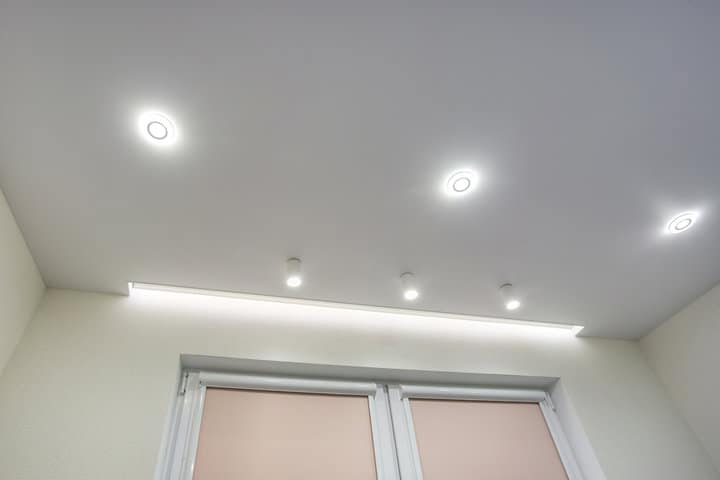
Integrated LED lights use diodes wired into electrical circuit boards instead of bulbs – this makes them very difficult to remove and replace any individual lights. Instead, they’re designed so that, when they do eventually burn out, you replace the whole fixture.
Does this mean that an integrated LED has to be thrown away as soon as it stops working? No.
The first thing you should do is check your warranty. Manufacturers understand that LED bulbs are incredibly long-lasting, so they tend to offer a longer warranty period than with standard retrofit LEDs.
If the warranty is still valid, the manufacturer should replace or repair the faulty fixture.
What Makes An Integrated LED Bulb Hard To Replace?
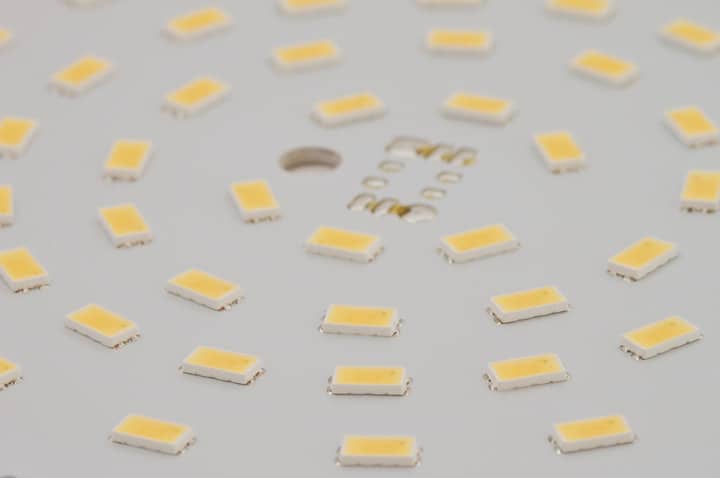
An integrated LED light fixture uses an LED array built into the fixture instead of a bulb. LED arrays are flat circuit boards with light-emitting diodes wired into them.
Technically, you can fix a burned-out light when a diode eventually dies. You would need to open up the light to access the LED array and then (using a soldering iron) remove the faulty diode and replace it with a new one.
At least, that’s what you can do if you have one light that isn’t working on the PCB. If the LED module has multiple defective LEDs, then it’s probably better value to swap the entire fixture.
It wouldn’t really make sense to buy a new LED array to install in the existing fixture – you won’t really save money because the fixtures themselves aren’t super expensive.
Also, I would suggest that you shouldn’t try to replace diodes on integrated bulbs unless you’re experienced with a soldering iron.
It’s a tricky job, so unless you’ve experience working with multiple electrical circuit boards that are small and intricate, you might make a mess of the light and end up damaging the fixture further.
This YouTube video may be useful for understanding how wired integrated LED light fixtures are put together:
How To Change Integrated LED Lights
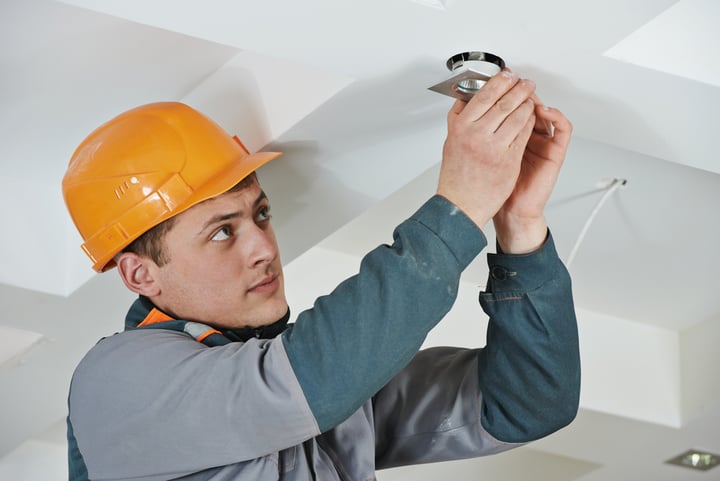
To swap out your integrated LED lighting fixtures, you need to:
- Buy a replacement light – checking that it’s the same size as your existing one, and it runs on the same voltage
- Switch off the power and remove your existing integrated LED lighting fixture, disconnecting the wires
- Connect the same wires to your new fixture, making sure the live wire connects to the live terminal and the neutral wire connects to the neutral terminal
- Switch on the power to check the light works
- Switch the power back off, and then install the light in place
The type of light will determine how to install it in place. Many integrated LED light fixtures are downlights, and because of their light weight, they just need to be pushed into place – they will often have a clip that will keep them secure in the ceiling.
Generally, replacing integrated LED fixtures is straightforward – disconnect the wiring from the old light and wire it into the new light.
How To Replace Integrated LED Light In Ceiling Fan
Replacing integrated LED fixtures in a ceiling fan works exactly the same as replacing an LED fixture elsewhere. The only difference is sourcing the replacement light to fit your fan.
You need to:
- Check the ceiling fan’s manufacturer’s website to see if they sell replacement lights directly
- If not, contact the manufacturer and ask for a replacement light
If you can source a light, the process to replace it is the same:
- Disconnect the power
- Remove the light fixture from the ceiling fan and disconnect the wires
- Wire the new light in its place and wire it up
Unfortunately, if you can’t find a replacement light designed for your ceiling fan, you could try to find one that’s the exact right size. Otherwise, you may need to replace the entire ceiling fan.
What Does An Integrated LED Fixture Mean?
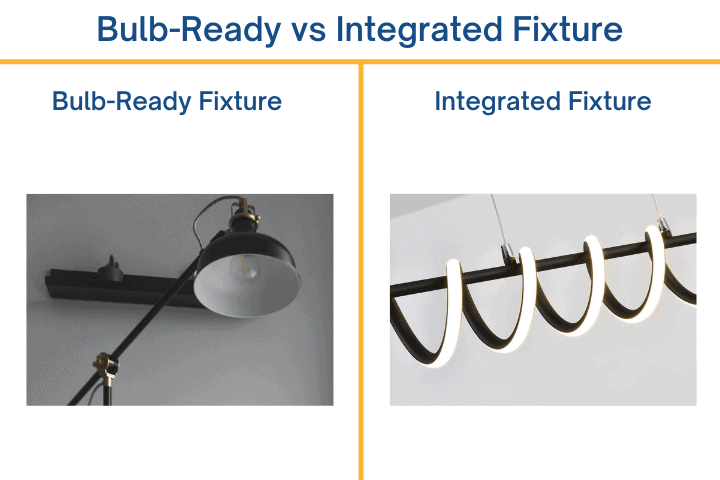
An integrated LED fixture is an all-in-one fitting that contains both a light source and an external fixture. They typically connect directly to the mainline voltage without needing any other components or accessories.
So you aren’t buying a separate fixture and then a bulb – the entire light is one purchase, and one installation.
It lasts as long as it lasts (which will be many years, provided you’ve bought a reliable one) and then you just replace the entire fixture.
Integrated Fixture vs Bulb
In the past, it made sense to manufacture light bulbs and fixtures separately because traditional lamps had short lifespans.
Whereas LED bulbs will not need replacing for many years. It’s more convenient for consumers, therefore, if manufacturers produce LEDs as complete, integrated fixtures.
Pros And Cons Of Integrated LED Fixtures

Integrated LEDs offer a number of advantages over using a retrofit bulb, but it’s not completely one-sided. There are some perks to using regular LED bulbs too.
Here’s a look at the pros and cons of using an integrated LED bulb in an enclosed fixture, over replaceable bulbs:
- Extended lifespan
- Convenient – only need to buy and fit one part
- Innovative designs
- Brighter – higher lumen output
- Better heat dissipation
- Safer – all parts are designed to be used with each other
- Compact – ideal for low ceiling voids
- More expensive than retrofit alternatives
- Limited customisation – no control over kelvin colour, brightness or darkness
- Wasteful – if a bulb blows the entire fitting needs replacing
- Their technology will quickly become outdated
FAQs
Is An Integrated LED Faulty When It Starts To Flicker?
A flickering integrated LED fixture could be a sign that it’s faulty, although the issue could also be with your power supply. There are lots of potential reasons for flickering LED light fixtures:
- Overloaded circuit with too many lights
- Incompatible dimmer switches or LED lighting that isn’t dimmable
- Damaged wiring
- Damaged driver on the light (if it’s a low voltage light)
You can find much more information on flickering in my other post.
Can you Change The Bulb In Integrated LED Downlight?
Unlike retrofit LEDs in old integrated fixtures, you can’t change the bulb in an integrated LED downlight. You would have to replace the entire downlight at once.
Final Words
Despite being irreplaceable, integrated LEDs are a long-lasting and brighter alternative to traditional light bulbs and retrofit lamps. This makes them an attractive design choice for your home, office, and garden.
Over the next few years, I expect that the integrated LED market will take off. There will be a variety of purpose lighting with different design choices and innovations for customers to buy.
In fact, more and more manufacturers are starting to integrate LED technology directly into their lighting fixtures.
If you’re having problems with your integrated LED light fixtures, don’t assume they need replacing immediately. Try troubleshooting your LED lights first.
Looking for an LED bulb but not sure what type you need?
Check out my free bulb picker and select the right bulb within few clicks.

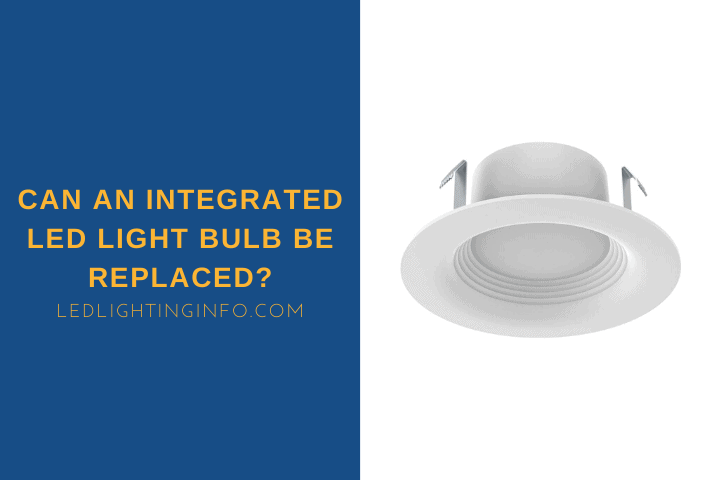
Comments are closed.